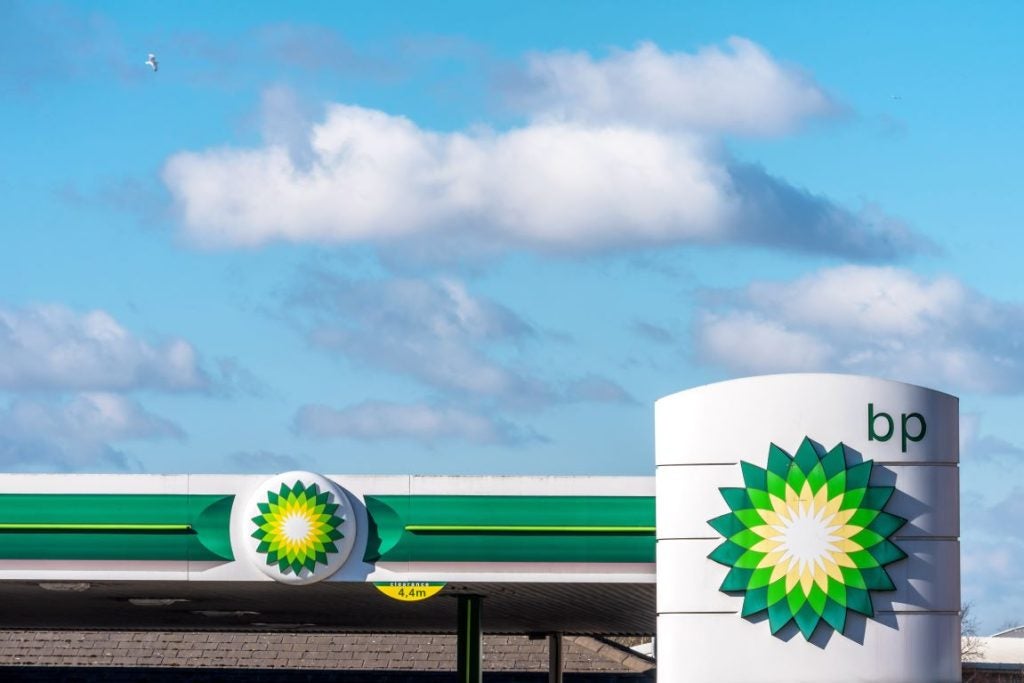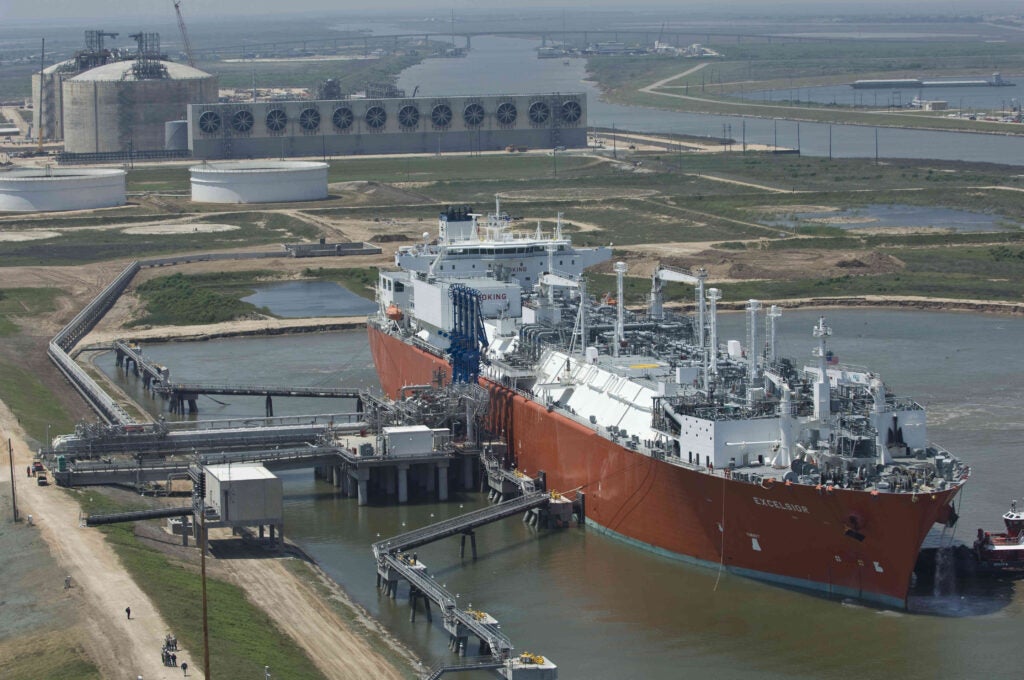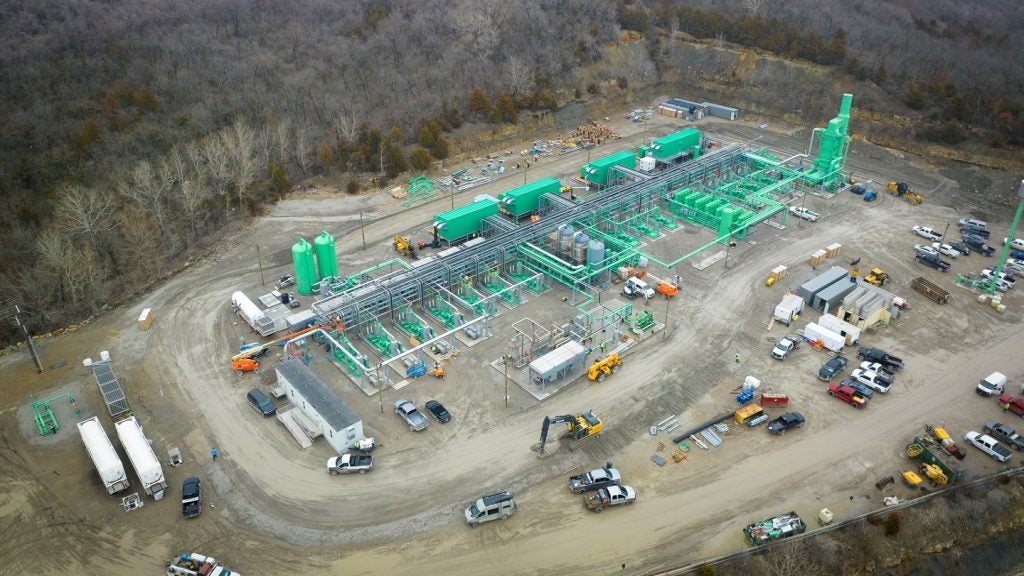The price of Brent has fluctuated, with it first dropping to a low in five-and-a-half years and then edging up to $62.35 a barrel on Monday.
The price dropped following International Energy Agency (IEA)’s cut in the outlook. However, the price picked-up half a dollar later in the day.
While the delivery of Brent for January traded at $62.35 a barrel, the US crude for January delivery stood at $58.25 a barrel, an increase of 44 cents from the $56.25 recorded earlier in the day, which was the lowest since May 2009.
Although the price picked-up, several analysts are cutting their forecasts.
Retuers quoted Barclays Bank as saying: "Oil prices may move below $60 per barrel in the near term, this is not sustainable in the long-run, as it would place considerable strain on the cost curve of the unconventional supply system required to meet demand requirements in 2016 and 2017."
As a result, Barclays expects the average price of Brent to be around $67 per barrel in the first half of 2015 and $78 in the second half.
How well do you really know your competitors?
Access the most comprehensive Company Profiles on the market, powered by GlobalData. Save hours of research. Gain competitive edge.

Thank you!
Your download email will arrive shortly
Not ready to buy yet? Download a free sample
We are confident about the unique quality of our Company Profiles. However, we want you to make the most beneficial decision for your business, so we offer a free sample that you can download by submitting the below form
By GlobalDataNational Australia Bank was quoted by Reuters as saying: "Softer global demand, coupled with unprecedented growth in supply are weighing on global oil indices, with prices falling to levels not seen since the global financial crisis."
NAB has cut its Brent outlook to an average $80 in the Q4 of 2014, $75 in the Q1 of next year and an average of $80 for all of 2015.
The growing production has cooled the demand for oil. However, the OPEC is reluctant to cut the output target despite the dip in prices.


.gif)





